Graphene nanotubes for anti-static EPDM rubber: extended service life and stable electrical conductivity
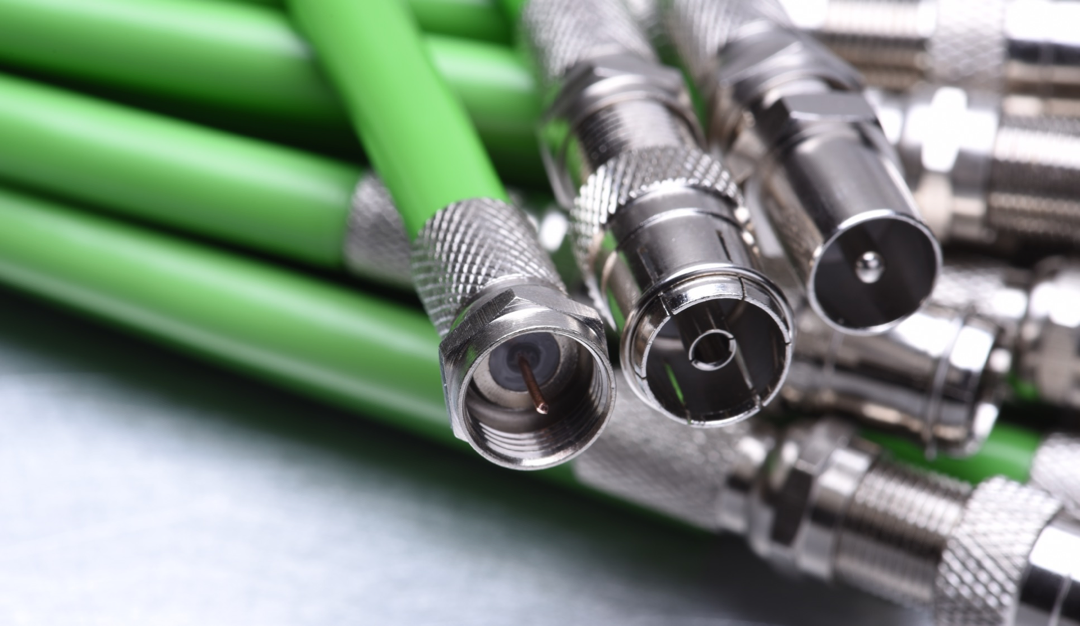
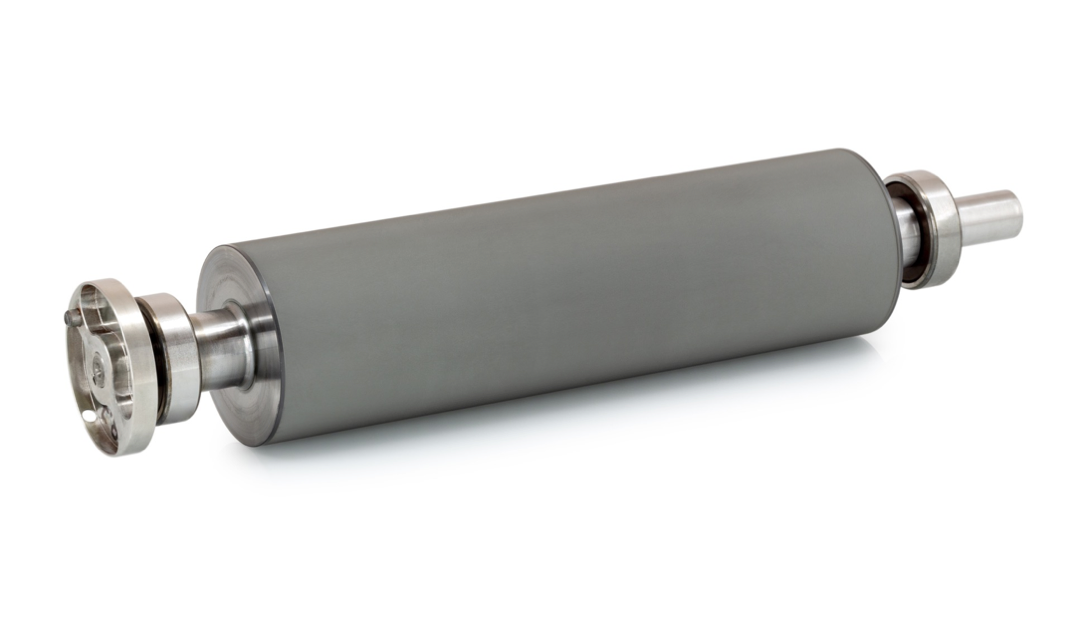
TUBALL™ nanotubes improve the physical and mechanical properties of rubbers, provide the required electrical conductivity and retain colors.
TUBALL™ graphene nanotubes are applied via the easy-to-use additive TUBALL™ MATRIX, which is a line of concentrates based on polymer and plasticizer carriers and pre-dispersed TUBALL™ graphene nanotubes.
TUBALL™ MATRIX for EPDM
TUBALL™ graphene nanotubes: Good performance on all key parameters
In contrast to other conductive agents, TUBALL™ graphene nanotubes are a versatile conductive agent offering good performance on all key parameters.
|
Parameter |
Conductive carbon black* |
Conductive polymers** | MWCNTs (masterbatch) | |
|
Working dosage |
5–7 wt.% |
10–15 wt.% |
15 wt.% |
3–4 wt.% |
|
Resistance requirement (volume resistivity) |
106–108 Ω·cm |
|||
|
Resistance achieved (volume resistivity) |
106–109 Ω·cm |
108–1012 Ω·cm |
106–108 Ω·cm |
106–108 Ω·cm |
|
Black dots on surface |
only black available |
none |
only black available |
none |
|
Available color range |
none |
wide |
none |
wide |
|
Resistance remains stable after abrasion on surface |
yes |
none |
yes |
yes |
|
Influence on mechanical performance |
negative |
strong negative |
negative |
positive |
|
Dust formation during production |
yes |
none |
Yes (but none in the case of a masterbatch) |
none |
|
‘Hot spots’ |
yes |
possible |
possible |
none |
|
Stable resistance over time |
yes |
no |
yes |
yes |
|
Longer life cycle of compound and moulded parts |
no |
no |
no |
yes |
|
Carbon release on surface |
yes |
none |
none |
none |
|
Cost of anti-static property |
low |
low |
cost-effective |
cost-effective |
* Carbon black cannot be used for colored applications and those that have limits on carbon release (i.e. non-marking).
** Conductive polymers cannot meet industry requirements because the volume resistivity is only temporary, the carrier can migrate to the surface, and there are strong negative effects on mechanical properties.
Key benefit 1: Stable electrical conductivity without carbon release to surface
TUBALL™ nanotubes provide a permanent and stable level of electrical conductivity for various types of EPDM.
When using carbon black, because of the high concentration required (10% or more) and the spherical shape of the particles, a phenomenon known in the industry as “carbon release” takes place, where the conductive additive is present on the surface of the sample.
In contrast, graphene nanotubes, owing to their greater length-to-diameter ratio, are not released to the surface.
Key benefit 2: improved mechanical properties
The extra-low dosage of TUBALL™ required in silica-based EPDM formulations allows the desired anti-static properties as well as improvements in tear strength and tensile performance to be achieved without degradation of elastic properties and hardness.
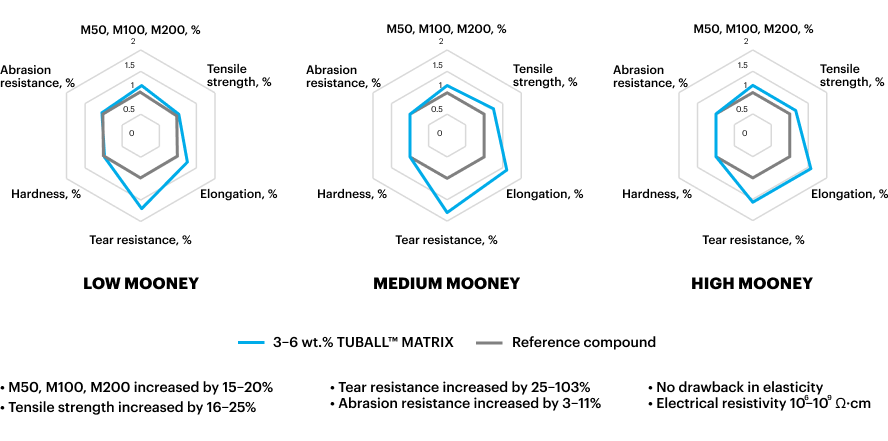
Key benefit 3: Standard processing and mixing equipment
The optimal mixing option is a combination of an internal mixer and several passes in a 2-roll mill.
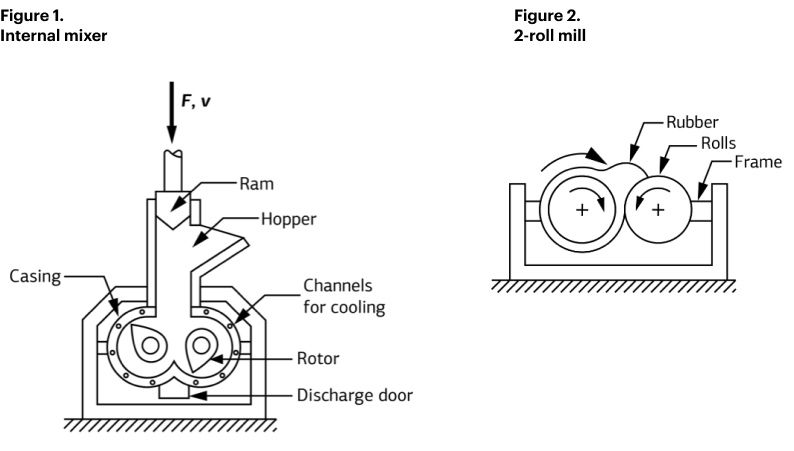
Other benefits
- Extra-low dosage of TUBALL™ that preserve properties
- Retained colors
- Carrier compatible with a wide range of Mooney grades, formulations and fillers
- Maintained rheology
- Maintained softness and elastic properties
Please pay close attention to the processing guidelines for TUBALL™ MATRIX 610 for EPDM
Download PDF version:
Or watch video instruction:
Anti-static colored EPDM rubbers - Processing guidelines
Extruded rubber parts: conductivity and durability
Application case

EPDM сonveyor Belts and Rollers
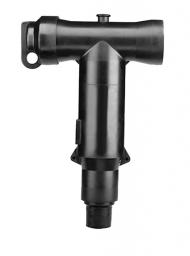
EPDM cable accessories
Additional information
Conductive elastomers: Prevent negative trade-offs in mechanical properties and color due to SWCNT
Electrical resistivity guideline: measurement, standards & troubleshooting
OCSiAl Introduces New TUBALL MATRIX Products for Elastomers
Contact us to discuss your project specifications or to request a TUBALL MATRIX sample

